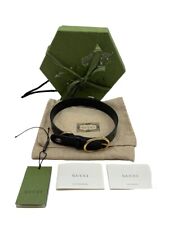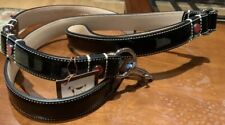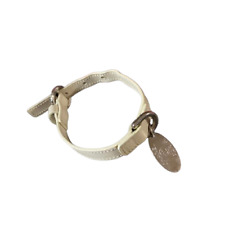Preventing Mud Fever in Horses

At the barn where I work, my boss always insists I wash the horses legs if they have been out in the mud to prevent mud fever. At the barn where I worked before this one, we always towel dried and then brushed the mud off the legs when it was dry. At this barn we never had one case of mud fever, but at my present barn we have had several. I know that the bacteria which causes this lives in the moisture and I tried to explain this to my boss. I am just wondering what you would recommend.

Mud Fever is most common during the wetter winter months, when infection by the Dermatophilus congolensis bacteria can cause a form of dermatitis of the heel and fetlock, causing inflammation of the skin and leading to swelling, weeping, cracking of skin, hair loss and scabbing. Mud Fever can affect any horse, but is more prevalent in horses with longer hair around the fetlock.
Horses which are prone to Mud Fever should be kept out of the mud and rain as much as is possible, but if this is unavoidable you can take steps to reduce infection after exposure. In my opinion drying the legs thoroughly and brushing the mud out is the best way to prevent infection. If you must wash the legs after turn out, make sure the legs are thoroughly dried afterwards. Also make sure that your horse’s bedding is dry and try to keep the horses stabled overnight to ensure that the legs can dry out thoroughly between exposures. Applying a cream before turning the horses out can also help create a barrier to infection.

Personalized Dog Collar Custom Pet Cat Name ID Free Engraved Leather Tag
$999.00
Custom Personalized Name ID Tag Slide On 1/4-3/8" for Wide Collars No Noise Tags
$945.00
CHANEL Black Leather Dog Collar 19-25cm Small Dog W/Chanel Tag Vintage Excellent
$755.00
VINTAGE CHANEL QUILTED BLACK LEATHER DOG LEASH w TAG. NEIMAN MARCUS. NO COLLAR.
$699.00
CHANEL White Leather Dog Collar 19-25cm Small Dog W/Chanel Tag Vintage Excellent
$610.00
Louis Vuitton Monogram Baxter Collar Brown Pet Dog With storage bags No tags
$450.00
CHANEL Black Leather Dog Collar 19-25cm Small Dog W/Chanel Tag & Box Vintage CA
$386.30
Gucci GG Large/ Extra Large Pet Leather Collar (695256) w/ Box + Tags
$349.99
Brand NEW w/Tags In Bag COACH HEARTS & BONES BLACK PATENT DOG Leash Size Large
$347.77
CHANEL dog collar dog tag coco mark silver charm white vintage
$350.00









